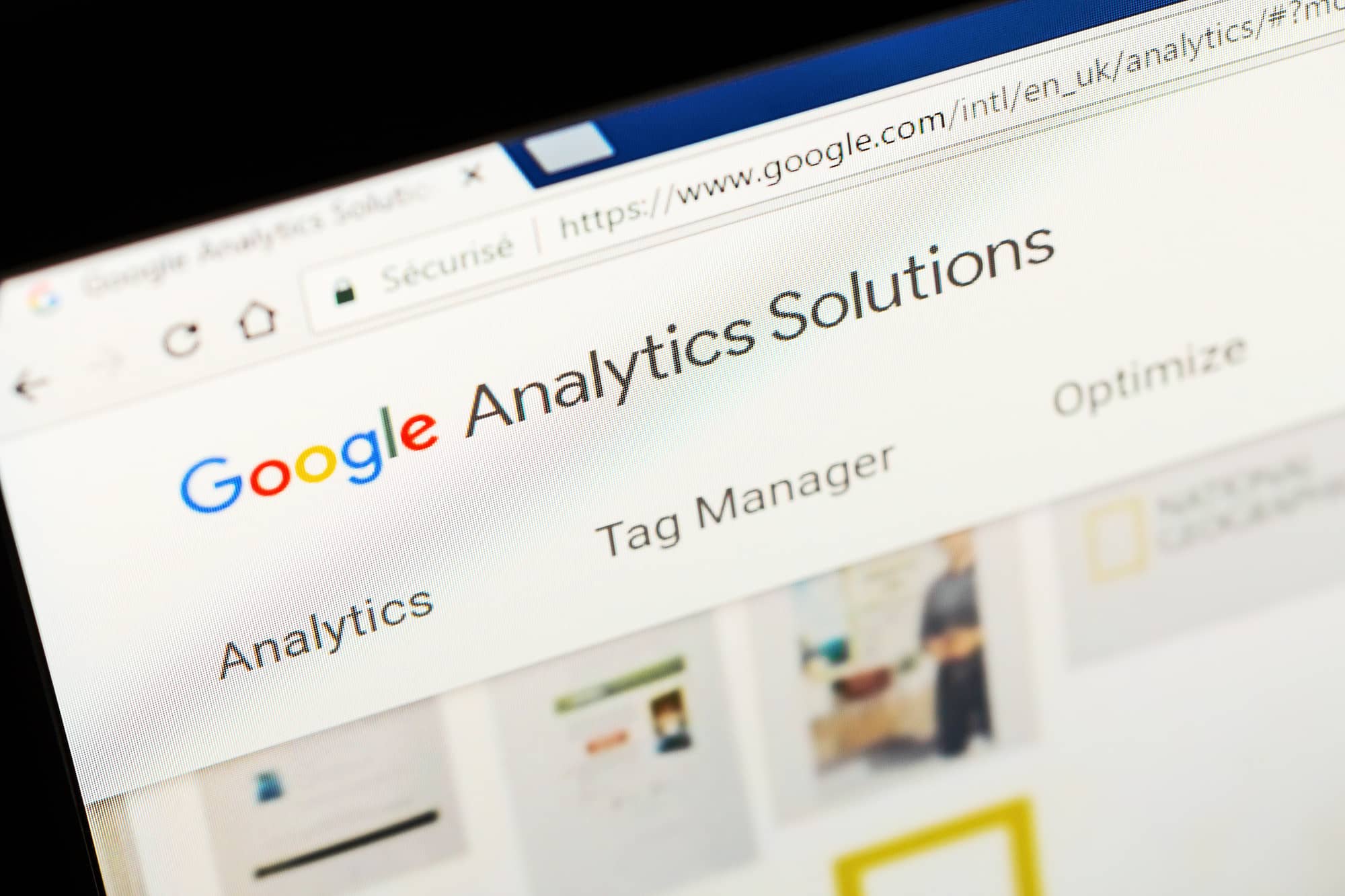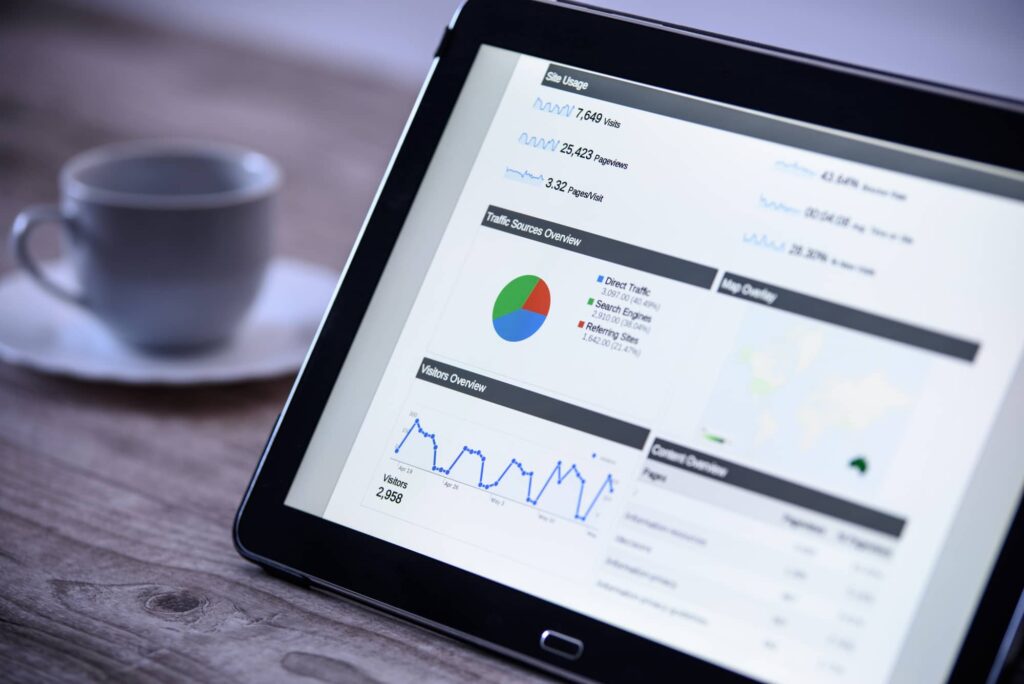Google Analytics Revamped : Everything You Need to Know About The Cutting-Edge Tool
 March 26, 2021
March 26, 2021
 Admin
Admin

Digital marketing is all the rage these days – with publicity and promotions shifting slowly to a digitized space, more advertisers are focusing on building brand presence online and converting leads into potential customers. This tedious process, that requires a lot of calculation and measurement, is made easier with tools like Google Analytics. The free tool changed the world of marketing after it was launched in 2005 and has since risen to thunderous popularity across industries.
However, like all forms of technology, this cutting-edge analytical tool needs to be updated so that it works with the current consumer patterns, internet ethics and privacy rules. With customers becoming more elusive after the mass digitization that occurred during the pandemic, reorienting Google Analytics to fit the current internet environment is pivotal.
Why did we need an upgrade?
With the ever-evolving nature of society and culture, consumer behavior is harder to track. With questions of privacy bringing many changes into the industries’ standards, the analytics tools seem to be lagging in terms of being updated and appropriated to the current situation.
Digital marketers confess that making better use of analytics is on top of their list because the existing state of the tool complicates getting insights and does not give a holistic view of the consumer’s behaviors. Without this it is extremely difficult to derive solutions. It was not long before this situation was brought to the attention of Google, who decided that improving the tool itself can help digital marketers rather than having the analysts work twice as hard to get the right results. The new Google Analytics will give you the essential insights you need to be ready for what’s next.
The New and Revamped Google Analytics
The new and intuitive Google Analytics was introduced in its Beta version in 2019.
Using the Beta version’s App + Web property as the foundation, the new Google Analytics is designed:
1. To yield better returns and insights for analysts over a long period
2. with machine learning incorporated into its functioning
3. to find useful insights intelligently and automatically
4. so that even the most inexperienced analysts can learn its functioning swiftly
5. To analyse customers’ profiles and behavior across platforms and websites.
6. With special priority for privacy
With privacy prioritized above other characteristics, the new tool considers the constant shifts about restrictions on cookies and collection of personal data. By mitigating these potential gaps in the analytics insights, the new Google Analytics makes sure that digital marketers know enough about their consumers to devise an efficient company strategy.
Find smarter insights for better returns

Google takes the principles of machine learning and puts it to the best use with the new Analytics tool, which can alert the analyst if there are relevant trends/patterns of behavior in your customer pool, like the sudden spurt of the popularity of any one service or product.
This allows for a speculative prediction of behaviors that the target demographic may exhibit in the future. The calculation of churn possibility, which was not an option before, helps companies invest intelligently to maximize customer retention and expand their businesses. The new tool has an array of such predictive tools, including calculating the potential revenue you can elicit from a particular demographic.
The key to the new Tools is its integration with all of Google’s marketing services, including Google Ads, which helps marketers create more authentic and relevant experiences for any netizen who may come across your page. With the ability to measure web and interactions simultaneously, the new tool has granted the longtime wishes of digital marketers by introducing metrics that help to understand the combined effect of marketing strategies across platforms. For instance, conversions of YouTube videos can be compared and contrasted with those from Google and other paid channels.
There have been positive reviews of these features already – Vistaprint’s assessment of their customers’ response to their new line of facemasks was expedited by using the new tools. The VP of Domino’s Pizza in Canada commented that the new tool enabled customer-centric optimization, regardless of whether there were direct interactions with the business.
Understand customer interaction better
The new Google Analytics helps analysts understand customer behaviour on a different plane by:
1. Using multiple identity spaces
2. Using User IDs provided by marketers
3. Incorporating Google Signals into the process
For instance, you can track exactly how a certain customer found your business on the internet. This way, you can learn the trajectory of the customer’s interactions with you, from when they are first acquired to when they have been converted to a customer until the marketer’s job is to retain them.
The new tool has been revamped so that the reporting is simultaneously simplified and more comprehensive. For instance, you can now see the user acquisition report, which details how new customers are being driven and juxtapose it with the engagement and retention reports to understand their behavior fully.
Set long term goals
The new Google Analytics is designed to evolve with the times, with more flexible measurement tactics and adaptive design. Being prepared for the future is everything in digital marketing, so the new analytics are designed to help with the rise in consumer expectations, changes in rules and regulations on the internet, and changing privacy standards. Managing the data that you collect and retain more efficiently is made easier with the newly introduced granular controls, which can be seen in ad personalization features.
Google analytics in the future
Marketers are encouraged to create a new Google Analytics 4 Property, which was previously called App+Web, to their current Analytics set up so they can get used to the latest perks and innovations without disrupting current implementation plans. The Analytics 360 targeted at enterprise marketers is currently in beta, with many more advanced integrations and tools to come in the future.
Latest blog
- Dropshipping Business Ideas for Beginners
- Films and Feels: The Art of Cinematic Storytelling Redefined by Harsh and Nina
- Natural vs. Commercial Hair Oils: Which Is Better for Hair Growth?
- The Ultimate Checklist to Ship Your Motorcycle to Hawaii
- What Permits Do I Need to Start a Moving Company in the US?
